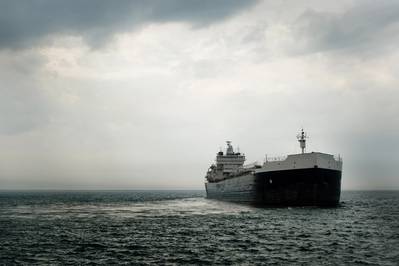Further Upside Seen for Asian Aframax Rates
The Asian Aframax market has been strengthening steadily, with rates for the Indo/Japan route up by w25 points w-o-w at w135. The Baltic Exchange’s benchmark TD14 route reached w127.50 Tuesday, jumping by w29 points w-o-w. This is partly due to underlying seasonality as refiners in the region typically raise utilization rates during Q4 in order to meet winter demand. An early and colder-than-usual winter in North Asia has led to increased heating fuel demand, lending further support to refinery runs. Japanese refiners increased their average utilization rate from 90 percent to 92.3 percent for the week ending December 3. This has led to growing demand for crude imports and subsequently cargoes, providing a seasonal boost to Aframax rates.
Another bullish factor has been surging Russian production and exports. Russian crude output hit 11.21 mmb/d in November, setting a new post-Soviet record for the third month in a row. Russia’s ESPO Blend crude oil exports from Kozmino are expected to reach 662 kb/d in December, up by 24 kb/d m-o-m. The middle distillate-rich grade has seen robust demand from North Asian refiners during colder-than-usual weather conditions, pushing up Aframax rates. December ESPO Blend crude premiums to Dubai hit $3.40/bbl compared to $2.50/bbl in November, marking the highest level seen since $3.65/bbl in March.
In particular, Chinese buyers have turned to sweeter Russian crude grades such as ESPO Blend and Sokol to meet tightened product specifications for motor fuels. ESPO Blend also has the geographical advantage of a two-three day short-haul voyage compared to Middle East crude, which can take up to a month to arrive in Asia. Asian Aframax rates are expected to continue firming on the back of increased cargoes, weather delays and a tighter tonnage list.
The Author
Rachel Yew is a Singapore based commodity and freight research analyst at Ocean Freight Exchange.













